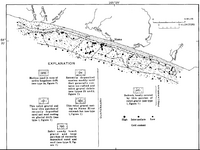Weird watching the Bearing sea shows and seeing gold just laying on the ocean floor. Where did it come from?
Also how far out does the gold go? Seems they're always close to shore
Also how far out does the gold go? Seems they're always close to shore
Amazon Forum Fav 👍
Upvote
0






